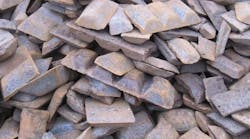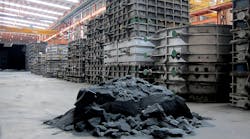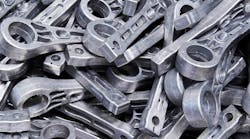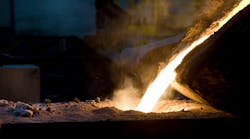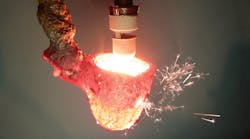Tool steels are typically cast as ingots, not parts – but the metallurgy is important to innumerable products used by metalcasters and all manufacturers. These carbon and alloy steels are characterized by the metallurgy and/or treatment processes defined in order to achieve varying qualities of wear resistance, heat resistance, and hardness in the final use.
Applications include cutting tools, forming tools, handling tools, and particularly mold materials for casting, diecasting, forging, injection molding, stamping, etc.
Tool steels are classified by a series of lettered designations and organized according to their alloy composition and/or treatment. Check your grades:
